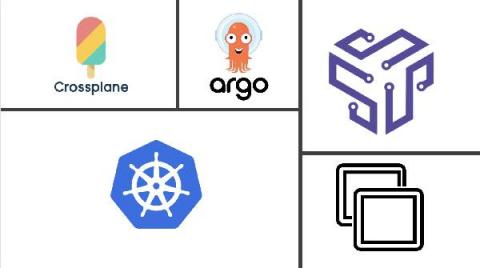Operations | Monitoring | ITSM | DevOps | Cloud
July 2021
Implementing GitOps with Shipa
GitOps meets AppOps
Kubernetes allowed us to manage application deployments and infrastructure components using declarative configuration files (yes, those YAMLs that you may not be a fan of ). While dealing with a myriad of YAML files may be loved by some and hated by others, it enables us to host all these files into a Git repository, hook it up to a pipeline (Jenkins, GitLab, etc.), and have a tool apply those changes to a cluster—and voilà, you have GitOps.
Terraform meets AppOps
The growing adoption of microservices and Kubernetes gave rise to the need to efficiently manage, schedule, and control Kubernetes clusters, where tools like Terraform are helping many organizations address those challenges today. Terraform is a popular choice among DevOps and Platform Engineering teams as engineers can use the tool to quickly spin up and edit environments directly from their CI/CD pipelines.
Delivering an Internal Developer Platform
Implementing an Internal Developer Platform
In a previous post, we discussed what an Internal Developer Platform (IDP) is and some drivers behind IDP initiatives. If we go through our interactions with different organizations, we see teams embarking on the journey to build their IDPs mainly driven by the following requirements: While building an IDP may seem like an obvious choice and initiative, it is definitely not an easy task to accomplish. Building an IDP involves dealing with many moving components.







